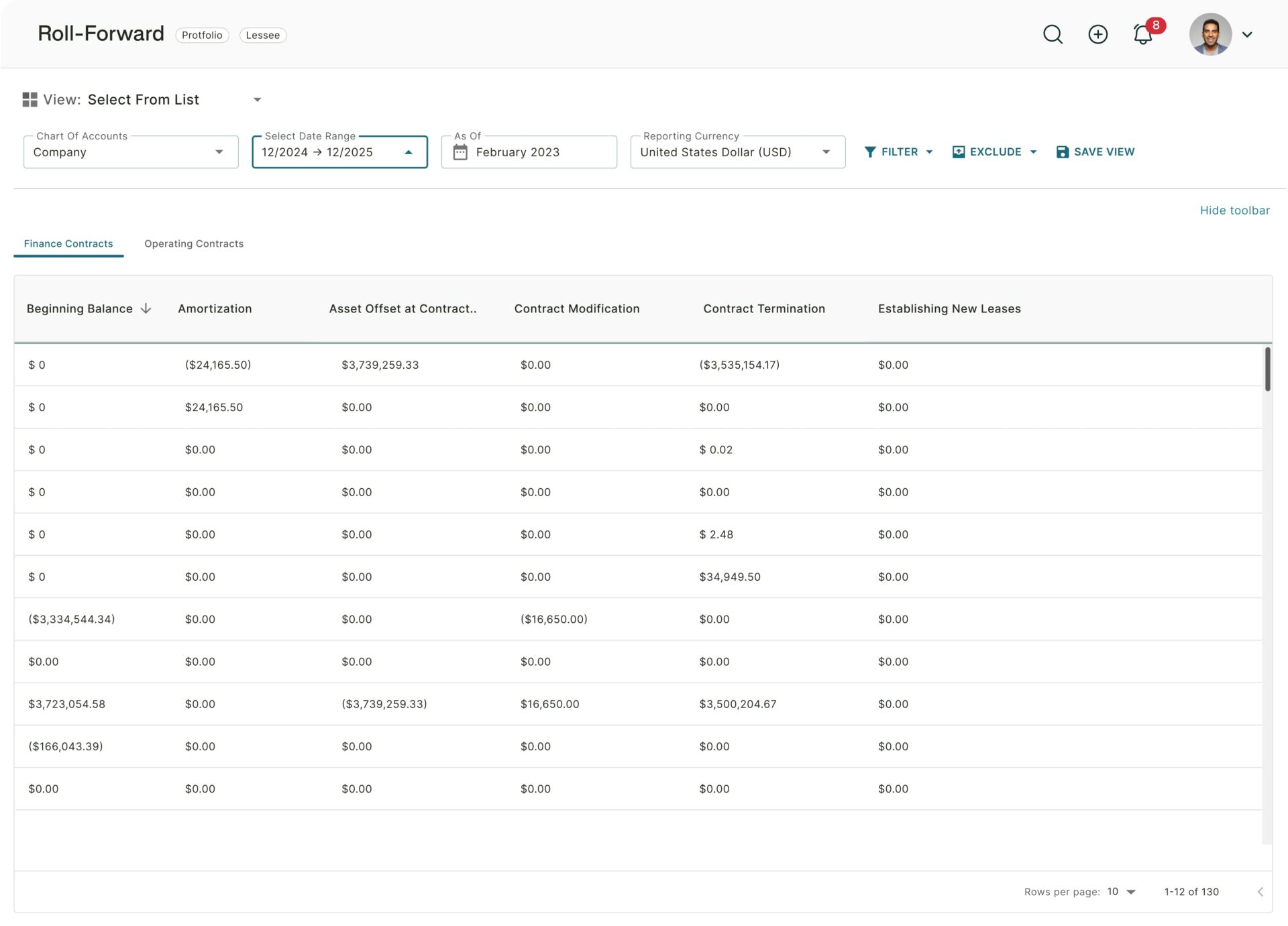The introduction of ASC 842 is set to have an impact on almost every single U.S. company. For the wider financial ecosystem, this also impacts stakeholders such as controllers, CFOs, Board Members, and auditors.
While everyone is affected, this far-reaching change is going to impact some organizations – in fact, some industries – more than others. Read on to find out if yours is one of those industries most affected.
Background of ASC 842
As a quick primer, ASC 842 sets out a new way of dealing with leases. Essentially, whereas in the past certain leases could be expensed through the income statement, this new standard requires that companies report the balance sheet effect of leases. This standard changes the definition of a lease, which is why there is so much specific interest around this standard.
After several delays, the final deadline for ASC 842 for public companies was effective for reporting periods beginning from December 15, 2018; while for private companies and nonprofits the ASC 842 deadline is the period subsequent to December 15, 2021.
Industries Most Affected by ASC 842
Leasing is an efficient way to finance assets or obtain ongoing usage of such assets. For example, in a manufacturing plant the forklifts, trucks, computers and certain machinery may be leased. So too the building might be leased, as well as the company headquarters located nearby. We can quickly see how pervasive leases are for most companies, and how ASC 842 is going to have a massive impact.
Leasing has cash flow benefits, tax benefits, and multiple other advantages: such as being able to replace assets more regularly, not having the risk and responsibility of owning assets, and critically – up until this point at least – being able to more favorably present key financial ratios as certain leases can be expensed and kept off the balance sheet. This, of course, is set to change.
See Trullion in Action
Any industry or company that makes use of leases is going to be affected by ASC 842. However there are some industries who, by their very nature, will experience a more dramatic change. Any industry that typically has a large number of operating leases, or is reliant on leasing instead of purchasing assets, is going to be significantly affected.
Retail
Retailers’ biggest expense items are usually salaries and lease payments. A company like CVS has over 9,000 retail locations. It’s no surprise therefore that the retail industry is going to be one of the most affected by the adoption of ASC 842. This also goes for quick service restaurants (QSR), clothing stores and other customer-facing businesses.
Airlines
A significant portion of airlines’ expenses are related to leasing. This includes leasing terminal space, and of course the leasing of the aircraft themselves. Similarly affected by the leasing of large assets are manufacturing, construction, energy and mining industries.
Transportation and Distribution
Companies providing these services usually lease fleets of trucks, buses and even planes. Companies in this industry – the likes of FedEx, UPS and others – are set to feel the change as a result of ASC 842 immediately.
Tech Companies
As a rapidly growing sector of the economy, tech companies are also expanding their physical footprints in terms of office space. This of course means increased lease obligations and therefore higher exposure to the changes required by ASC 842.
Service Providers
Finance, legal and other professional services are among the top industries leasing office space in the U.S. These are obvious candidates for the significant impact expected to be felt by ASC 842.
ASC 842: Is Your Industry Affected?
As we’ve seen, any company or industry that makes use of leases is going to be affected by ASC 842. Practically, this essentially means that every company, from large to small, will be impacted by the implementation of ASC 842.
From leased office space to leased equipment and other assets, ASC 842 will leave very few companies untouched.
The move to ASC 842 will also have knock-on effects that many people might not even have thought of. These include changes to key financial ratios including corporate debt ratios, as well as a significant impact on bank capital requirements.
How do you respond? The logical place to start is to leverage today’s best-of-breed technology and harness AI in approaching your leases and compliance with ASC 842.
Leave the headache and Excel spreadsheets to others, while you let technology power your compliance with ASC 842.





